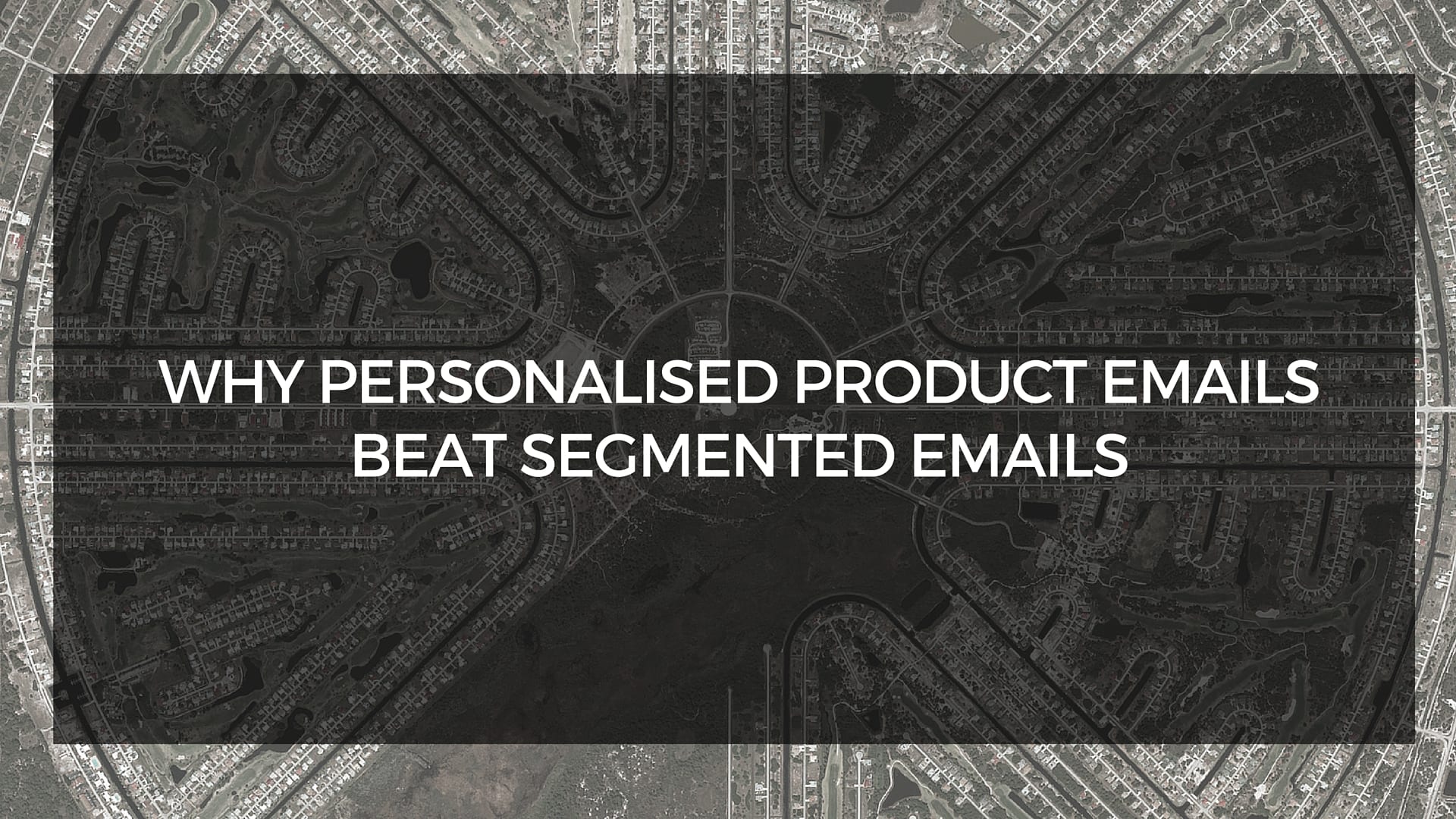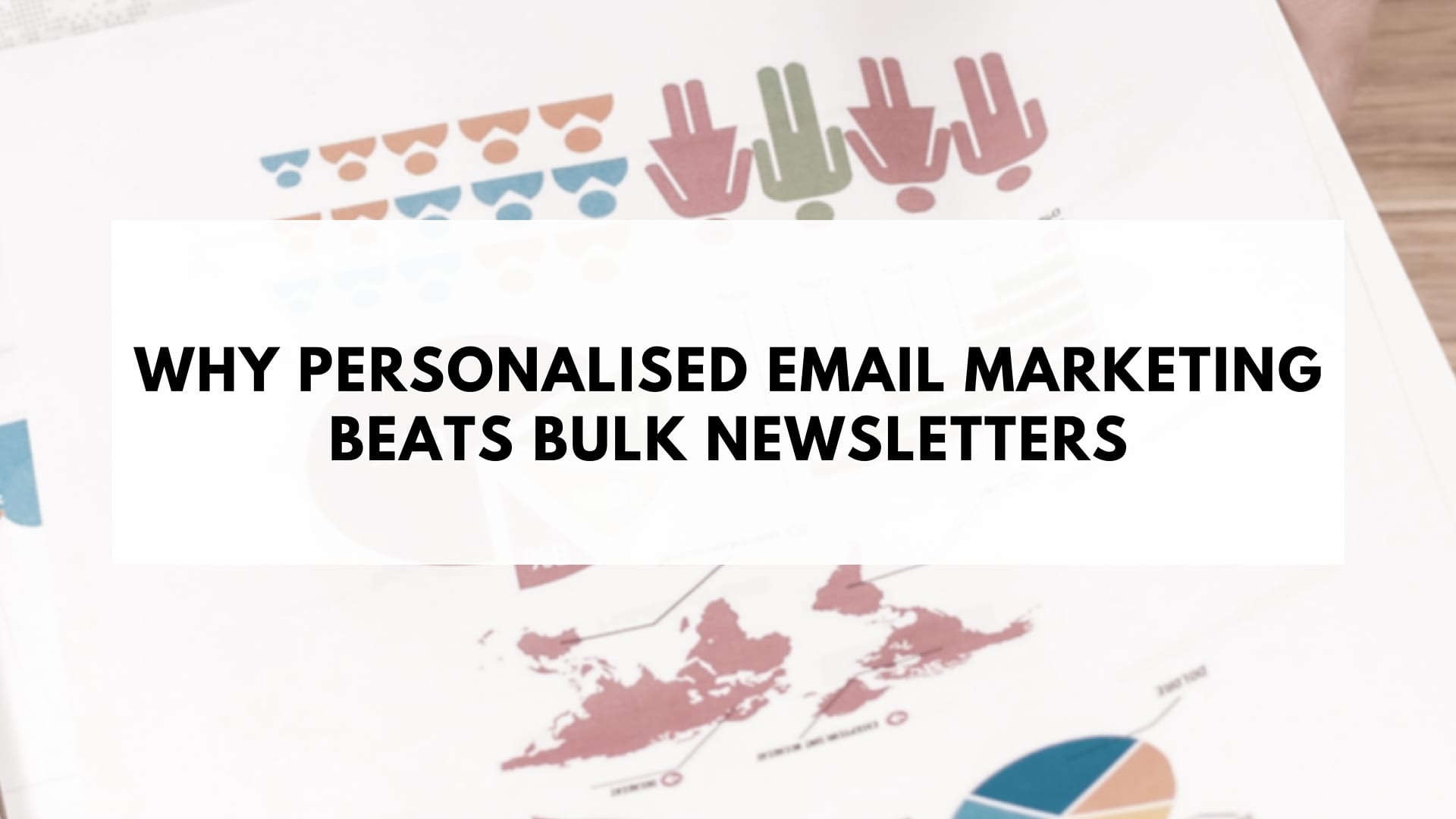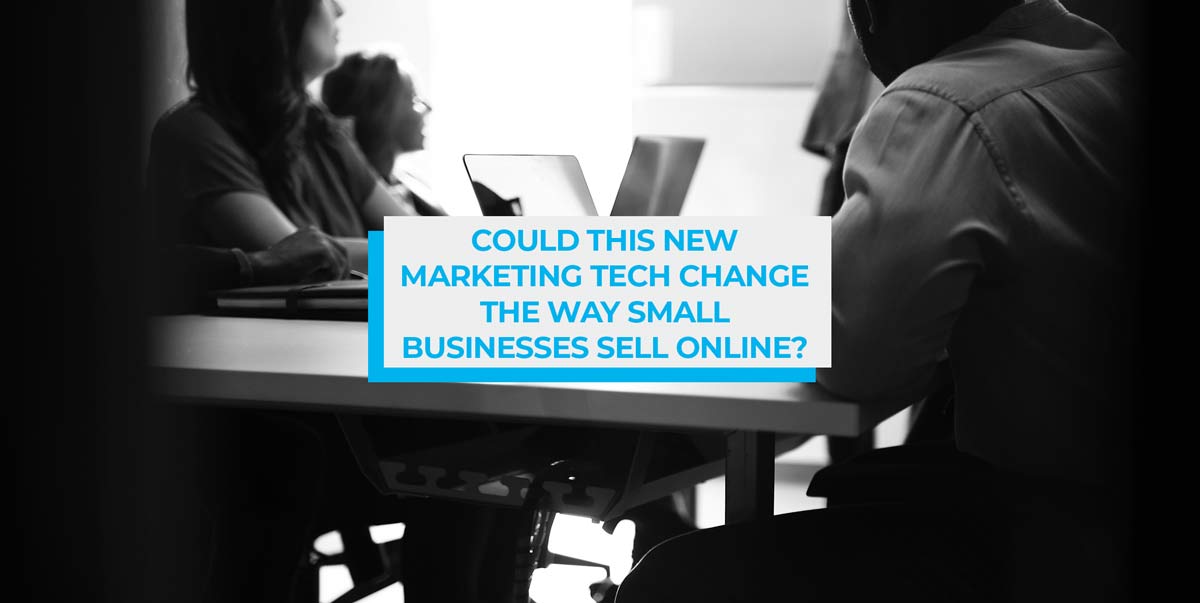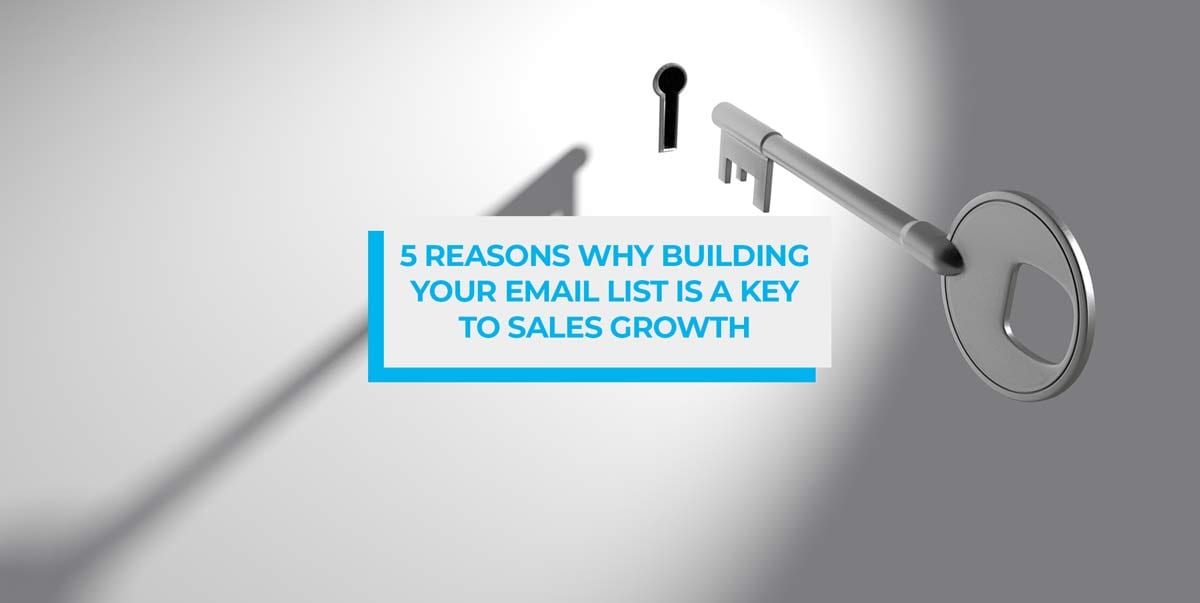You may have heard ‘segmentation’ and ‘personalisation’ often used separately or interchangeably. Now, hold that thought. Because they are not the same thing. One method kills the other, and you’re about to find out why.
Stop segmenting your email list
If you are not segmenting, your email list would look like a scattered heap of unidentified, meaningless combination of letters, numbers and symbols clumped together on a spreadsheet.
If you are segmenting, you probably have a number of lists filed into separated segments, most commonly titled ‘Demographics’ ‘Location’ ‘Date & Time’, etc.
Email segmentation is supposed to help you tailor communication to different groups of people.
The problem with segmentation is that it limits you.
People are diverse. It would be a struggle to categorise even a hundred people into five different “highly targeted” segments. Take a simple example: you run a fashion ecommerce store, and segment your customers by demographic into men and women. So with these segments you can now send bulk women’s fashion products to your women list, and visa versa, but this still assumes that all the women on your list have a homogenous taste in fashion. It’s double the work to create these emails, and a small improvement on pure bulk email.
A lot like playing Russian roulette to kill. You take a chance by pulling the trigger on bulk emails, in hope to shoot down a handful of sales.
To me, it just seems like a lot of work digging and scouring for information about every customer… Conducting surveys, asking questions and constantly monitoring my list. People are ever-changing and data grows stale very quickly. I simply don’t have the time to keep track of everyone and their mothers.
If you enjoy guessing what really interests your customers based off data from large, prescribed segments, perhaps segmentation is for you.
Automated personalisation is the future
People can pinpoint superficial personalisation in a blink of an eye. There’s a lot more to personalisation than including a person’s name in the subject.
The early days of personalisation involved strategising a campaign for highly targeted email segment. It demanded a lot of focus and effort on the marketer’s part to analyse every aspect of their customers’ data. Then they had to interpret those factors into the communication with their customers. Then they have to create separate campaigns for every single segment, guessing at what each segment would actually like.
So what is automated personalisation?
I suppose that was a rhetorical question. For the sake of emphasis – it is automatic.
This platform takes the guesswork out of personalisation by sorting through your email list and providing recommendations based on customer behaviour and interactions with your site. And it only involves creating one campaign which is automatically personalised with the best products for every single subscriber.
An effortless and seamless tool every email marketer should have under their belt.
Ultimately, automated personalised product emails will lead users beyond their inbox to a fluid experience across multiple platforms.
So remember, the more behaviour-driven your emails are, the more valuable and relevant your emails will be.




